Baseball Scoresheet Samples
-
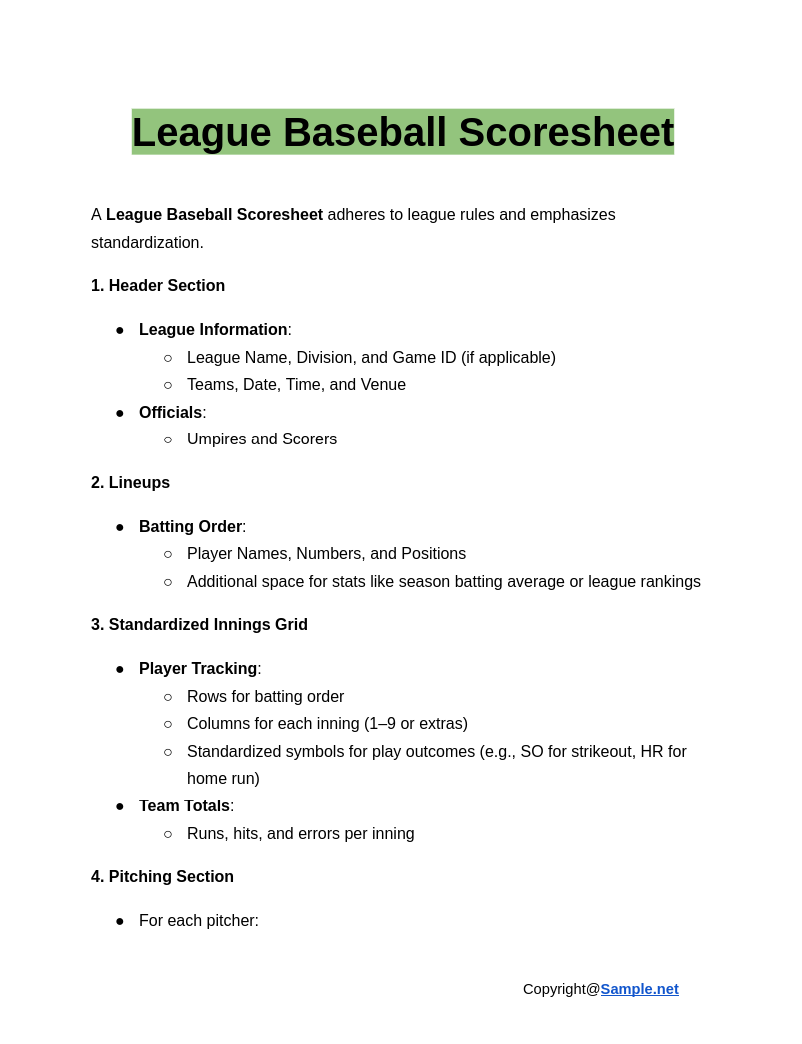
League Baseball Scoresheet
download now -

Baseball Bookkeeping Scoresheet
download now -
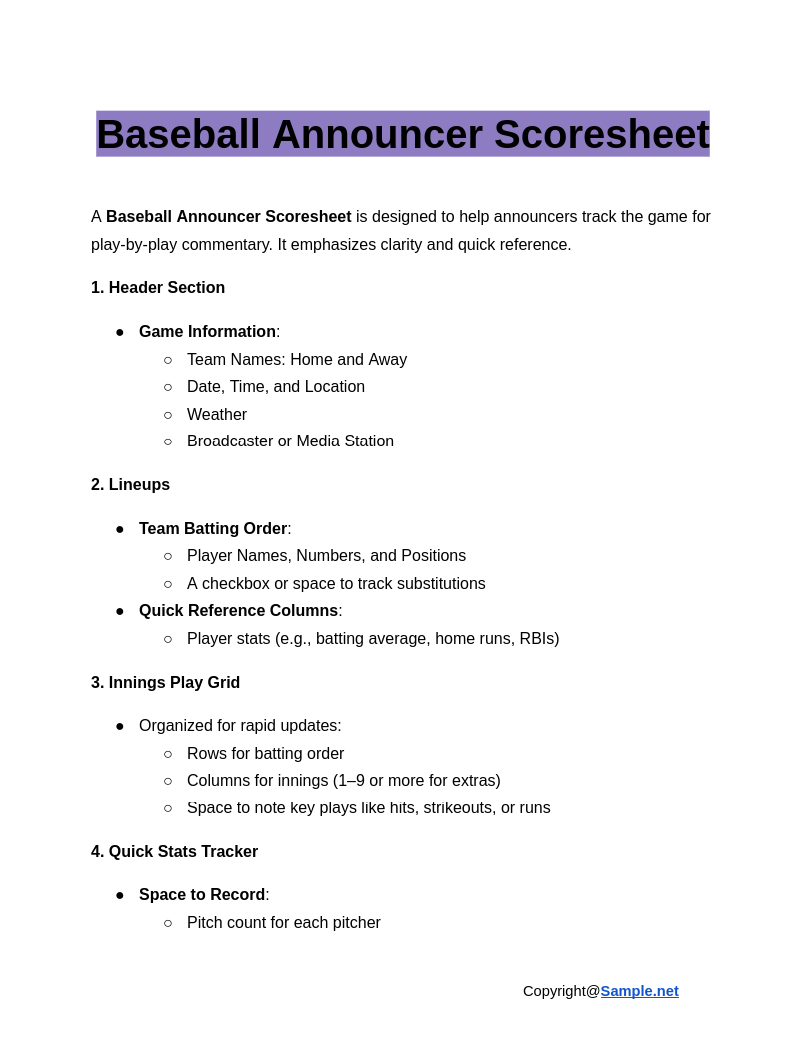
Baseball Announcer Scoresheet
download now -
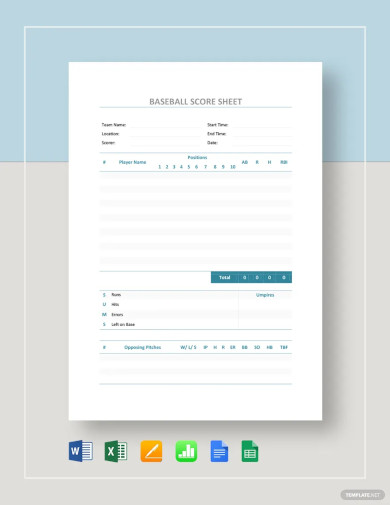
Baseball Score Sheet Template
download now -
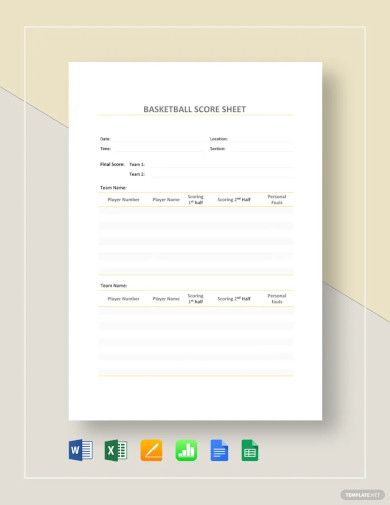
Basketball Score Sheet Template
download now -
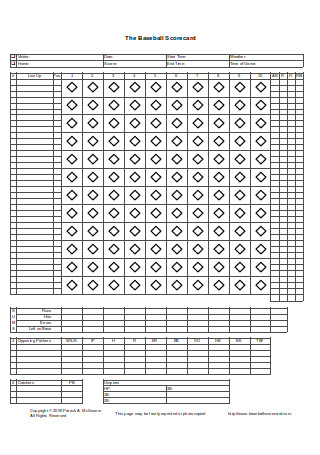
The Baseball Scorecard
download now -
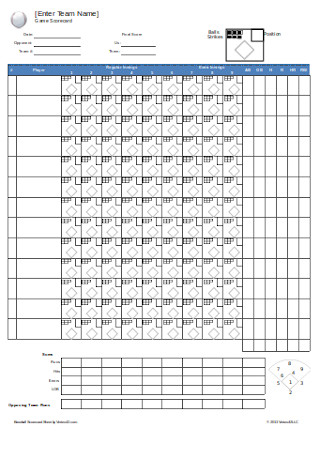
Baseball Roster and Scorecard
download now -
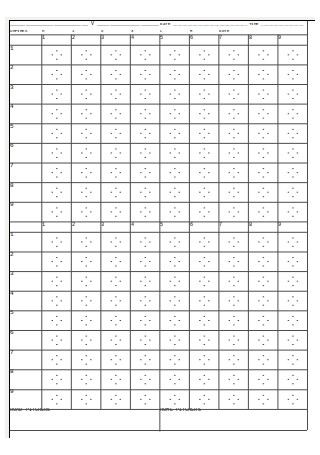
Baseball Scoresheet Template
download now -
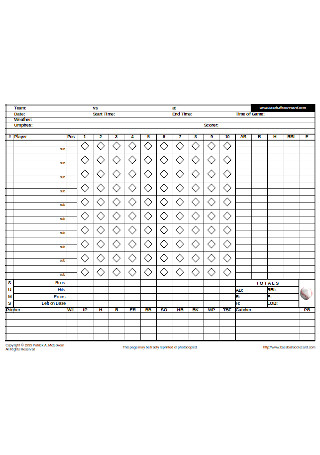
Baseball Scoresheet
download now -
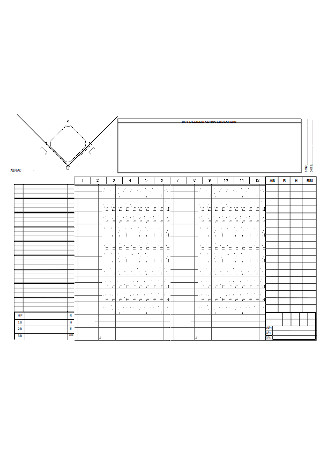
Baseball Scoresheet in Word
download now -
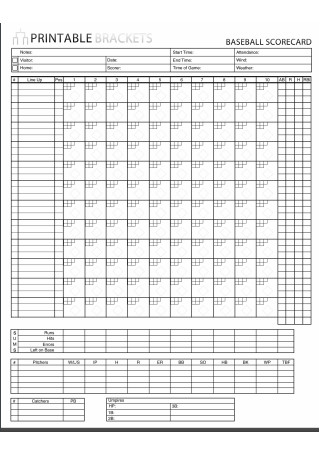
Printable Baseball Scorecard
download now -
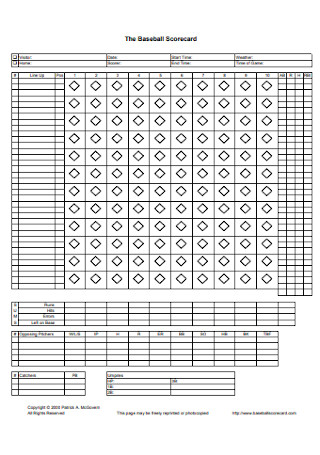
The Baseball Scorecard in PDF
download now -
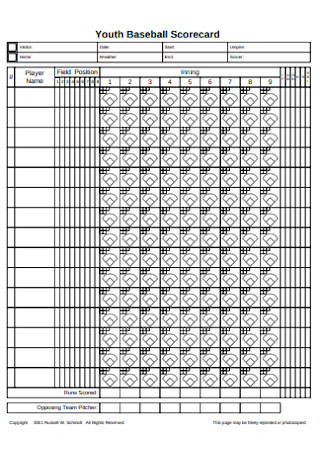
Youth Baseball Scorecard
download now -
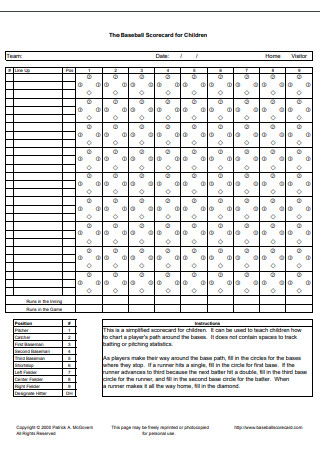
Baseball Scorecard for Children
download now -
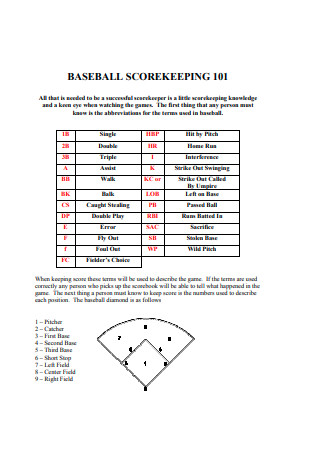
Baseball Scorekeeping
download now -
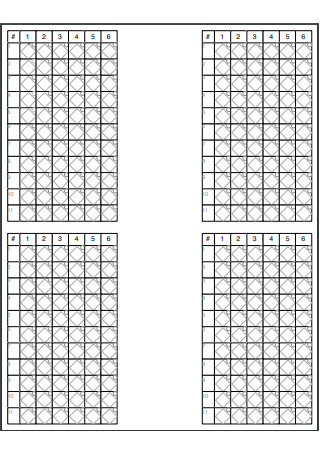
Scorecard Graffle
download now -
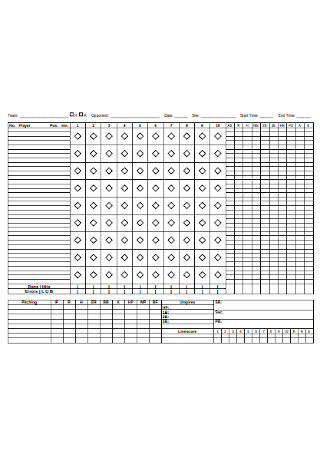
Baseball Scorecard Sheet
download now -
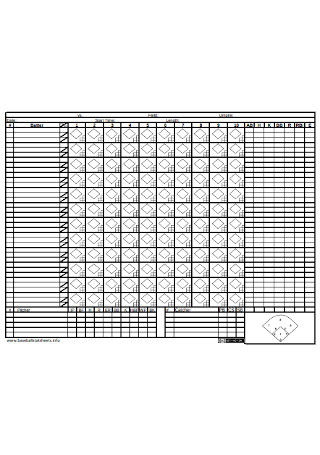
Sample Baseball Scoresheet Template
download now -
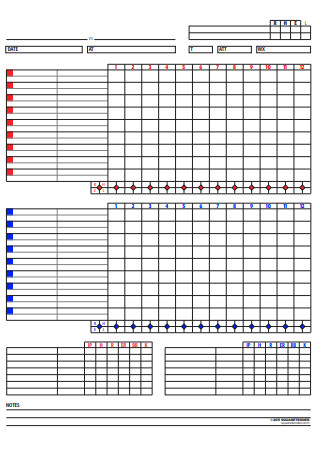
Simple Baseball Scorecard
download now -
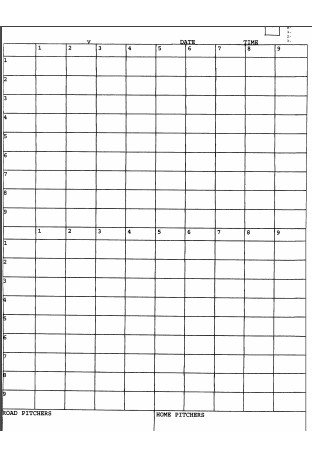
Easy Format Baseball Scorecard
download now -

Traditional Baseball Scorecard
download now -
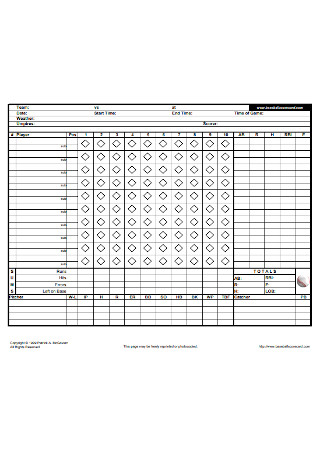
Best Baseball Scorecard
download now -

Baseball Scorecard Example
download now -
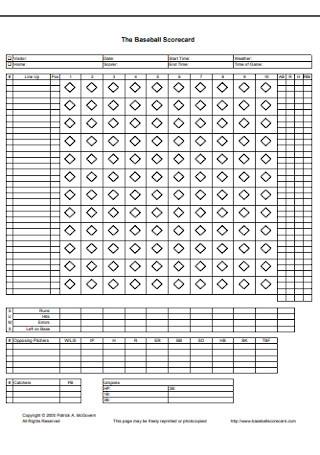
Format of Baseball Scorecard
download now -
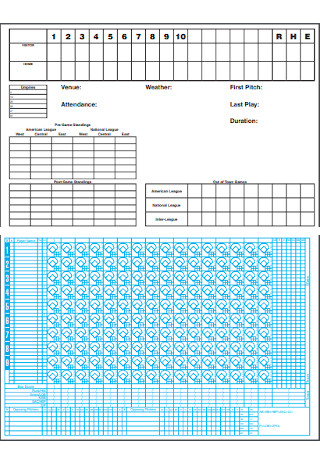
Basic Baseball Scoresheet Template
download now -
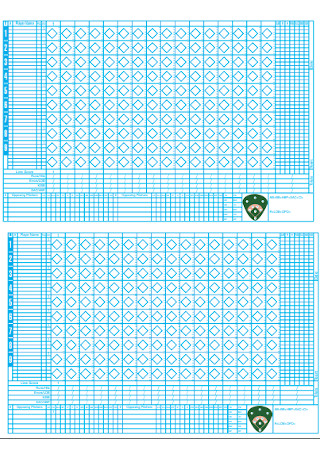
Baseball Scoresheets Sample
download now -
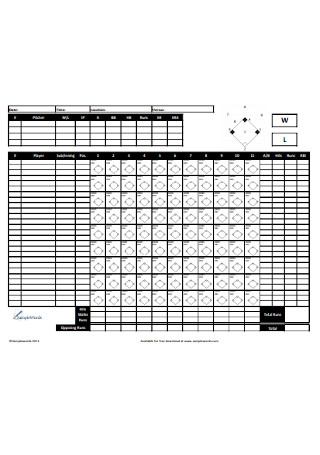
Professional Baseball Scorecard
download now -
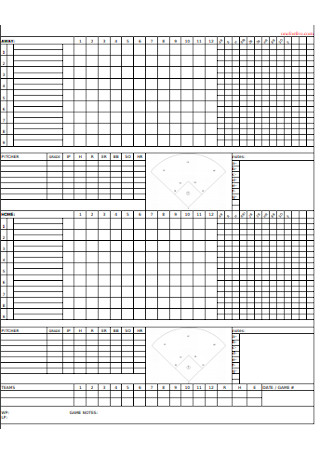
Official Baseball Scorecard
download now -

Baseball Scorecard Sheet Example
download now -
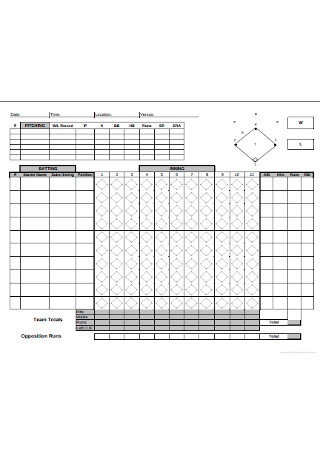
Baseball Score Sheet
download now -
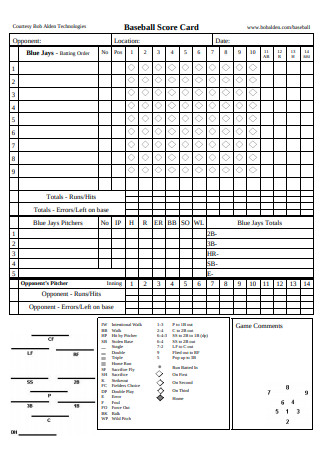
Baseball Score Card
download now -

Baseball Score Sheet Template
download now -
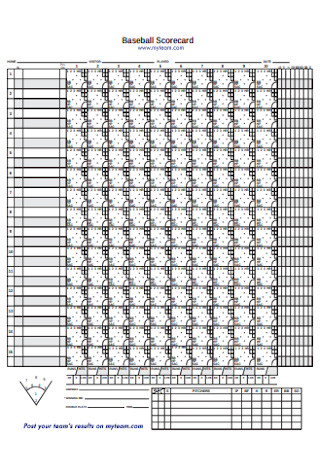
Sample Baseball Scorecard
download now -
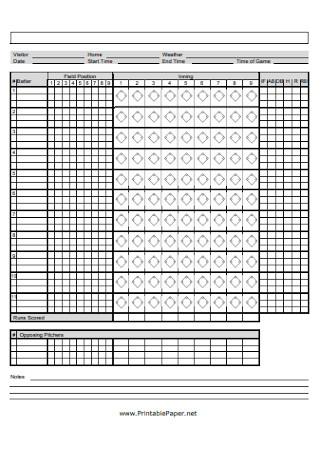
Printable Baseball Score Sheet
download now -
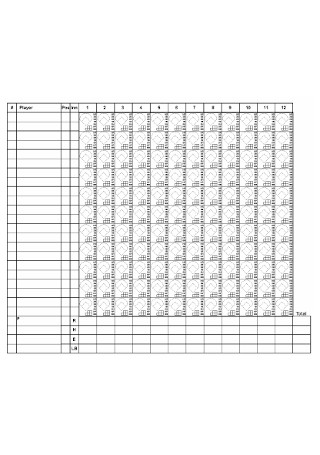
Sample Baseball Scoresheet Format
download now -
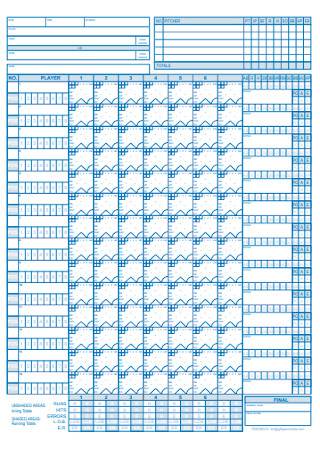
International Baseball Scorecard
download now
FREE Baseball Scoresheet s to Download
Baseball Scoresheet Format
Baseball Scoresheet Samples
What is a Baseball Scoresheet?
Baseball Player and Player Positions
How to Mark a Baseball Scoresheet?
FAQs
What are the position numbers in baseball?
How long is a baseball game?
Why does a baseball game have nine innings?
Why do they change baseball when it hits the dirt?
What happens if a baseball team runs out of players?
What are some challenges of manual scorekeeping?
What are the most common symbols used on a scoresheet?
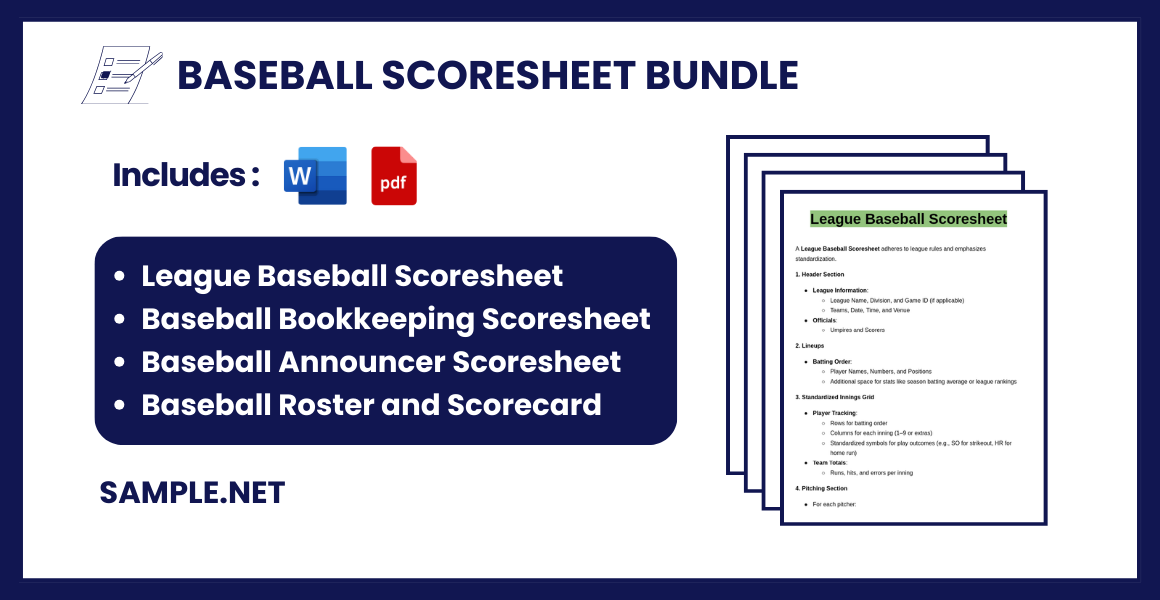
Download Baseball Scoresheet Bundle
Baseball Scoresheet Format
1. Header Section
- Game Details:
- Team names (home and away)
- Date
- Location
- Start time
- Weather
- Umpires:
- Names of plate, first base, and other umpires
- Scorer: Name of the scorer
2. Lineups
- Batting Order:
- Player names
- Jersey numbers
- Positions (e.g., 1 for pitcher, 2 for catcher)
- Substitutions:
- Space to note substitutions as they occur
3. Innings Grid
- Rows: Each row corresponds to a player in the batting order.
- Columns:
- One for each inning (1 through 9, or more for extra innings)
- Extra columns for:
- Runs (R)
- Hits (H)
- Errors (E)
- Cell Format (for recording play-by-play):
- Space to mark how the batter reached base (e.g., single, double, home run, walk).
- Indicate outs and advancements (e.g., 6-3 for a groundout shortstop to first).
- Diamond shape for base running:
- Fill in each corner as the player advances.
- Note RBIs, stolen bases, or errors that allowed advancement.
4. Pitching Log
- Columns:
- Pitcher’s name
- Innings pitched
- Runs allowed
- Hits allowed
- Strikeouts (K)
- Walks (BB)
- Pitch count (optional)
5. Game Summary
- Totals:
- Runs, hits, and errors for each team
- Line score (inning-by-inning run totals)
- Winning and Losing Pitcher:
- Name of the winning pitcher
- Name of the losing pitcher
- Game Highlights:
- Space to note significant plays (e.g., home runs, triple plays, no-hitter details)
6. Notes Section
- Blank area for any additional notes or unique occurrences during the game.
What is a Baseball Scoresheet?
A baseball scoresheet holds the details of the baseball game from the beginning of the match until the end. Usually, professional baseball leagues hire official scorers to record the official scoring of the game, but many die-hard fans keep a copy for themselves as well. Invented by Henry Chadwick, baseball scorekeeping uses two scoresheets (one for each team) to record the general game information, its battle lineup, its play-by-play action, the statistics of each side, as well as each player’s total at-bats, hit, run, etc. at the end of the game.

Baseball Player and Player Positions
In baseball, there are a total of nine players who primarily play defense on the field. For the offensive side, all players are hitters or batters who try to gain a point by hitting a home run. The nine players on the defensive team have an essential role to play to prevent the opposing team from scoring. You can also see more on Baseball Lineup. Learn more about the different functions of each player through this list below.
How to Mark a Baseball Scoresheet?
When watching your favorite sport, you can’t help but create a scoresheet of your own to keep track of the game’s progress. The same goes for game experts, coaches, and game analysts; they also hold a scoresheet to record, analyze, and spot the weakness of each side. You can also see more on Sign-Up Sheets. Find out more about how baseball scoresheets work and read these few steps below.
Step 1: Study the Different Parts of the Scoresheet
A baseball scoresheet has different parts and labels. On the sheet’s left side, you will find an area for the batting lineup. At your right, an area for their position. Most of the time, scoresheets have an extra row at the bottom part for the tenth player or your notes area. At the top of the sheet, you will notice 1-9 listed above each column, representing the total number of innings within the game. Understand each of their functions to make it easier for you to score the game. Then, at the bottom part of the sheet, you’ll find a column for the pitchers. Keep in mind that only one team can be written in one scoresheet.
Step 2: List Down the General Information in Your Scoresheet
Before the game starts, make sure you list the necessary information about the game. This includes the names of the team, their members, the umpire, as well as the date of the game. If you are not familiar with the player’s name, you may use their jersey numbers instead. You can also see more on Balance Sheets.
Step 3: Fill in the Bubbles or Boxes as the Game Progress
There are different symbols used for every action. The symbol “K” is used for a strikeout. Usually, it is written in reverse if the batter didn’t swing and took the third strike, “looking.” For four balls, the symbol “BB” is used. Wherever the ball was hit, indicate it in your scorecard by illustrating it in the diamond. If the runner reaches a base, make sure to mark the diamond with a dark line from home to first base, and if a base is stolen, broken lines are used instead of solid lines. Lastly, write down the outcome of an at-bat in each box.
Step 4: Shade the Entire Diamond Every time a Player Scores
Every time a player scores, shade the entire diamond, but whenever the player screws up during its turn, mark your scoresheet with an “E.” This error occurs when a player makes a mistake, which causes the opposing player to safely reach a base as a penalty. If ever a base runner reaches a base wherein another base runner was called out, a fielder’s choice “FC” should be noted in your scoresheet to explain the reason for the base runner’s base advancement. Lastly, track the pitcher’s information using hash marks.
Step 5: Add a Few Notes or Marks to Indicate Your Comments and Game Analysis
There are moments when you find a move dubious or questionable. You may add an exclamation point or an asterisk to note down your comments and analysis plan on the player’s actions. With your scoresheet, you can record and compile statistics on every player, giving you better ways to identify trends, weaknesses, and player behavior over time for your team’s advantage in the next matches. You can also see more on Goal Sheets.

FAQs
What are the position numbers in baseball?
1 – Pitcher
2 – Catcher
3 – First Baseman
4 – Second Baseman
5 – Third Baseman
6 – Shortstop
7 – Left Fielder
8 – Center Fielder
9 – Right Fielder
How long is a baseball game?
A game of baseball has no specific time to complete; it ends once it reaches the ninth inning. Unless a tie occurs, then they play an extra-inning until a player is decided. However, even if the game plays without a clock, the average baseball game lasts for about three hours to complete, which is about twenty minutes per inning. You can also see more on Financial Fact Sheets.
Why does a baseball game have nine innings?
Originally, baseball didn’t reach nine innings. During the pre-civil war era, the players would only play until one team reached a certain number of runs or aces. In 1856, the Knickerbockers decided to form a committee to create an official ruling system for the sport to make it more competitive. Thus, the nine innings became a standard rounding system for a game of baseball to finish.
Why do they change baseball when it hits the dirt?
Once the ball is rubbed by dirt, mud, licorice, tobacco, etc. the ball results in a brownish misshapen ball that often softens in the later innings. Due to the ball’s misshapen conditions, this gave it some stealth factors, which contributed to unpredictable aerodynamics that is favorable for the pitcher. Since Chapman’s death in 1920, Major League Baseball introduced the new ruling, which requires the umpire to change dirty balls with new ones. Hence, baseballs are changed when it hits the dirt. You can also see more on Timesheet Samples.
What happens if a baseball team runs out of players?
When a baseball team runs out of eligible players during a match due to ejection for their lack of sportsmanship and poor conduct, the game will be automatically forfeited. However, if the issue is due to injuries, the game will continue, but the team’s alternate players shall be selected by the manager. In the event, when the team fails or refuses to place nine players on the field, according to the official baseball rules in the 2015 edition, the team shall be forfeited, and the opposing team wins the match.
What are some challenges of manual scorekeeping?
Manual scorekeeping can be challenging due to the fast-paced nature of the game, the need for accuracy, and understanding complex plays. Regular practice and familiarity with scoring symbols help overcome these challenges.
What are the most common symbols used on a scoresheet?
Common symbols include “K” for strikeouts, “BB” for walks, and “E” for errors. These shorthand notations simplify the process of documenting game events quickly and accurately. You can also see more on Term Sheets.
